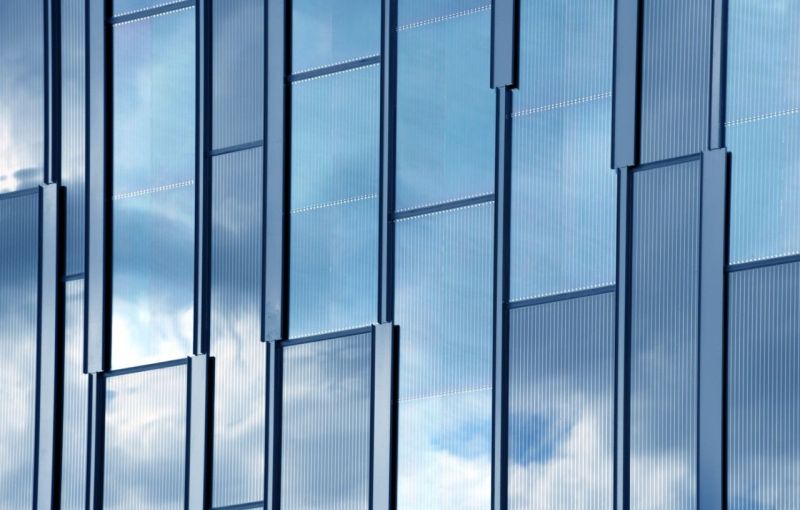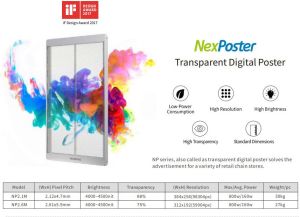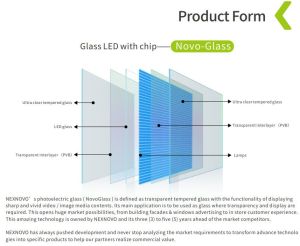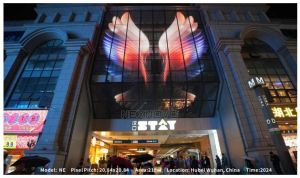View Mobile Number
info@a2jcosmotradellp.in
| Business Type | Exporter, Supplier, Trader |
| Application | BIPV Solar Glass Systems Are Used To Integrate Solar Energy Generation Directly Into Building Surfaces, Such As Windows, Façades, And Roofs, While Serving As Functional Architectural Elements. |
| Country of Origin | China |
| Certification | ISO 9001:2008 |
| Click to view more | |
Product Details
Color
Available In Various Colour
Driven Type
Solar
Brand Name
Cadmium Telluride Laminated glass
Condition
New
Power
depends on the Area
Mechanical Properties
High Uv Radiation, Temperature Fluctuations, and Rain.
Feature
BIPV Solar Glass Systems Feature Integrated Energy Generation, Durability, Aesthetic Flexibility, Tr
Efficiency Ranges
10% to 18% for Commercial Product
- Building-Integrated Photovoltaics. It refers to photovoltaic materials that are integrated directly into the building envelope—such as roofs, façades, windows, or walls—replacing conventional construction materials. Unlike traditional solar panels that are added onto a building, BIPV systems are designed to serve as both building materials and energy generators.
Key Features of BIPV:
- Dual Functionality: They provide the structural function of a building component (e.g., roofing, cladding) while also generating renewable energy.
- Aesthetics: BIPV systems blend seamlessly into the architecture of the building, offering a more visually appealing alternative to traditional solar installations.
- Energy Efficiency: By generating electricity on-site, BIPV helps reduce reliance on external power sources, lowering energy costs and carbon emissions.
- Customizability: BIPV materials can be tailored in terms of size, shape, color, and transparency to suit specific design needs.Common Types of BIPV Products:
- Photovoltaic Roof Tiles/Shingles: Installed in place of conventional roofing materials.
- Photovoltaic Glass: Used in windows, skylights, or facades, often semi-transparent.
- Facade Panels: Integrated into walls as part of the exterior cladding.
- Solar Canopies: Used for walkways, awnings, or carports.
Advantages of BIPV:
- Reduces material and labor costs by combining power generation with construction.
- Enhances building aesthetics compared to traditional solar panels.
- Supports sustainability goals and compliance with green building standards.
Applications:
- BIPV is used in residential, commercial, and industrial buildings. It's especially popular in projects aiming for net-zero energy or LEED certification.If you’re considering BIPV for a project, it’s worth consulting with architects and energy specialists to determine the best solution for your specific building design and energy goals.
Looking for "Building Integrated Photovoltaics Solar Glass System" ?
Square Meter
Explore More Products












